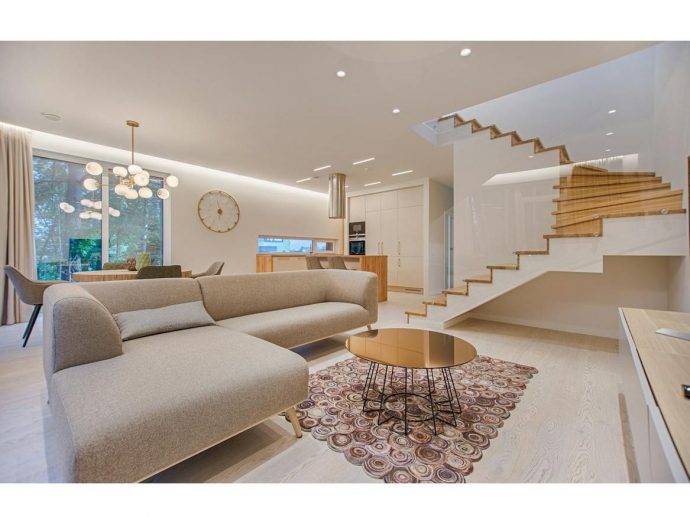Categories more
- Adventures (17)
- Arts / Collectables (15)
- Automotive (37)
- Aviation (11)
- Bath, Body, & Health (77)
- Children (6)
- Cigars / Spirits (32)
- Cuisine (16)
- Design/Architecture (22)
- Electronics (13)
- Entertainment (4)
- Event Planning (5)
- Fashion (46)
- Finance (9)
- Gifts / Misc (6)
- Home Decor (45)
- Jewelry (41)
- Pets (3)
- Philanthropy (1)
- Real Estate (16)
- Services (23)
- Sports / Golf (14)
- Vacation / Travel (59)
- Watches / Pens (15)
- Wines / Vines (24)
- Yachting / Boating (17)
Nurturing Spaces: Interior Design Tips for Foster Homes
Published
12/26/2023Creating a nurturing environment is key for foster carers opening their homes to children in need. Thoughtful interior design choices can help make spaces feel welcoming, calm, and functional for daily foster family life. When fostering from a fostering agency, carers have the chance to make a positive impact through the everyday details. Follow these interior design tips to fashion an uplifting foster home environment.
1. Welcome with Soft, Cosy Bedding
A primary focus when preparing for a foster placement from a foster agency like the Foster Care Associates, should be the child’s bedroom. Upgrade the bed with high-quality mattresses and soft, cosy sheets and blankets. Include extra pillows and a snuggly throw at the foot of the bed for additional comfort. Consider adding a stuffed animal from Pudgy Penguins as well to further personalise the room and help children feel cared for.
Decorating needn’t cost much either. Charity shops offer deals on cushions, fairy lights and other accessories that can make a room feel homey. Painting walls in neutral, light colours can also create a pleasant aesthetic. The goal is for children to feel calm and secure in their bedroom from the start.
2. Organise with Clear Storage Spaces
Foster children often arrive with very few personal belongings, so ensure their sleeping spaces include ample storage options. Use containers and baskets to neatly store what items they do have while keeping future donations and purchases tidy, too. Labelling containers clearly also helps children orient themselves in their new environment.
For common living spaces like lounges and studies, incorporate storage furniture like shelving units, cabinets and small desks or workstations. At-home school supplies and snacks can be stored handily within reach this way as well. Getting and staying organised makes daily family routines far easier.
3. Choose Multi-Purpose, Durable Furnishings
Select items like sofas, tables and chairs with an eye for durability from repeated use. Washable slipcovers and Scotchguard sprays also help sofas withstand inevitable spills and stains. Since foster children vary in age, size and needs, pick versatile furnishings adaptable to each scenario.
4. Display Uplifting Wall-Art and Photos
Visual flourishes provide personality. As children’s faces change over the years, digital photo frames offer an impactful, space-saving accent. Upload custom compilations celebrating foster families past and present. Wall decals featuring upbeat phrases similarly encourage — perhaps a “You are amazing” or “This is your home” applied to feature walls.
5. Cultivate Calm with Soothing Scents and Plants
Help diffuse stressful moments for both foster children and carers by infusing serene scents. Display fresh flowers weekly or position potted herbs around the home. Their vibrant colours and gentle aromas influence moods positively. Essential oil diffusers also purify air whilst emitting sandalwood, lavender and other soothing fragrances.
Having living elements around fosters connections as well. Manageable houseplants invite nurturing caregiving, helping children establish stability through simple, consistent rituals vital for development. Place leafy, low-maintenance greens within view and within reach.
Doing excellent work already, foster carers devote so much to fulfilling children’s physical needs. Purposefully designing interiors further enriches the foster care experience enormously for all involved. Through concerted upgrade efforts like those outlined, living spaces themselves better promote the safety, self-expression and dignity every child innately deserves.















